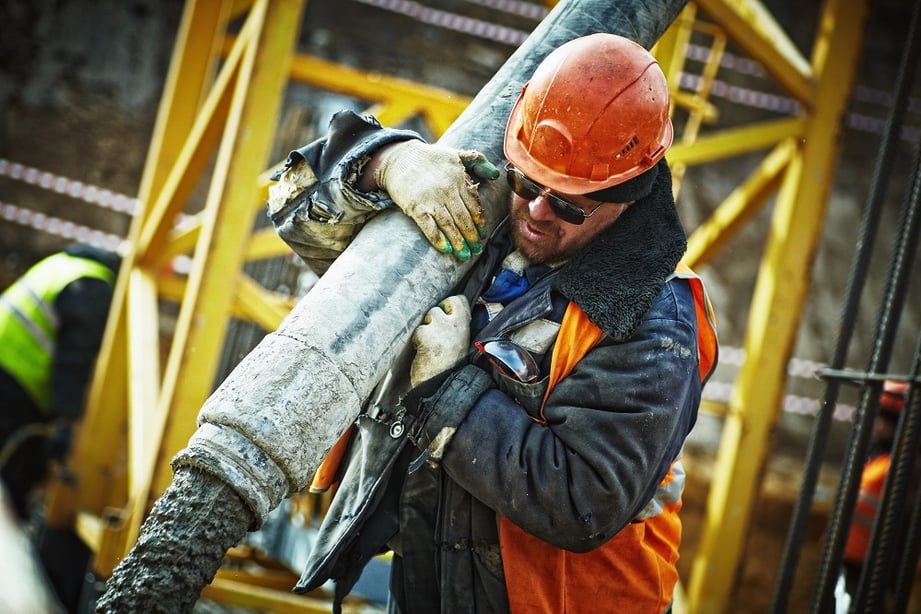With prices determined through global markets, companies in the resource sector have limited control over the revenue side. But by exercising rigorous cost control, they can maximize their returns. Work stoppages and disruptions due to injuries and accidents all add to operating costs and long-term liabilities, reduce productivity, and endanger the lives of workers. The best way to improve safety performance and minimize these disruptions is to ensure that all workers on a project site are fully capable of completing their duties in a safe manner.
This makes prequalification of contractors the essential first step in building a strong, sustainable safety culture, and the nucleus that binds many other elements, including succession planning, personal accountability, collaboration, and communication. It is also a core element of an effective risk management program. And, because it takes place at the beginning of procurement, the potential to influence safety holistically is at its highest.
Contractor Prequalification is a Business and Risk Management Strategy, Not an Expense
Cognibox’s new whitepaper, Zero Harm: 7 Key Insights for a Safer Workplace for Contractors, consolidates thought leadership from senior health and safety experts overseeing complex and dangerous operations in mining, mineral extraction, and pharmaceuticals for some of the largest corporations in the world.
Each of the organizations we interviewed for Zero Harm sees prequalification of contractors as a principal business strategy to reduce the inherent risks in outsourcing, minimize disruptions and stoppages, and ensure smooth and safe operations. This is no surprise, as contractors make up a significant portion of the workforce for many of these organizations.
“We place a strong emphasis on prequalification of contractors, who make up 80% of the workforce at the mine. We have a rigorous procurement process in which risks are identified early in the selection phase and discussions with contractors are conducted on risk prior to mobilization,” said a safety director at an iron mine who participated in Zero Harm.
One OHS safety manager at a gold mine also saw a direct link between outside workers, and onsite accidents: “When we started a new mining project, what I saw was that as the use of contractors went up, the injury rate went up. The upsurge of injury rate even went beyond the established limits.” This is precisely why a robust prequalification approach is essential: it can prevent unsafe practices and habits from permeating the job site and increasing incident rates, and operating costs.
A well-qualified contractor with a strong safety record may be more expensive to hire initially, but poses less risk to the company’s job site. “Prequalification ensures the contractor has a strong safety program of its own. We examine their safety record. Ultimately, prequalification is an investment, saving time and money in the long-term,” said another participant in Zero Harm.
Working with Confidence in Dangerous Environments
Mining and industrial manufacturing sectors are dangerous. By ensuring that contractors have the required safety record, project experience, and safety systems and protocols in place to be able to perform the work safely, prequalification instills a sense of confidence across the organization.
Workers can take on dangerous tasks knowing that the people working alongside them are properly vetted by the hiring organization, and capable of performing the tasks safely. Mines and heavy industrial environments are unforgiving, and provide no room for doubt and uncertainty about a coworker’s skills and knowledge.
Assimilating Prequalified Contractors into the Workforce
Most of the participants in Zero Harm, especially those who oversee mining operations, view contractors as future employees and an integral part of succession planning. “Contractors are often essentially being trained to be assimilated into the company’s workforce. Therefore, it makes sense to create a safety culture and lead by example from the beginning so that when they do become employees, they are ready,” said a safety director who participated in Zero Harm.
Hiring well-qualified contractors can also improve the performance of existing employees through knowledge transfer. Over time, workers become better at identifying hazards, assessing and mitigating risks, and develop their own safety leadership capacity. These vital skills, when eventually brought in-house, further drive safety performance across the organization.
“The prequalification is invaluable, because the company always seeks to recruit higher caliber individuals to upskill the existing team.”
Looking for more information on contractor management and safety?
Contractor management and safety is an important subject in many industries. From mining to energy to pharmaceuticals, creating a safe workplace for contractors is paramount, not just for worker health, but for business success as well.
Our new whitepaper, Zero Harm: 7 Key insights to consider in creating a safer workplace for contractors, is built on the perspective and experience of health and safety leaders. It discusses challenges and reflections and offers solutions and best practices on how to improve worker health and safety.





